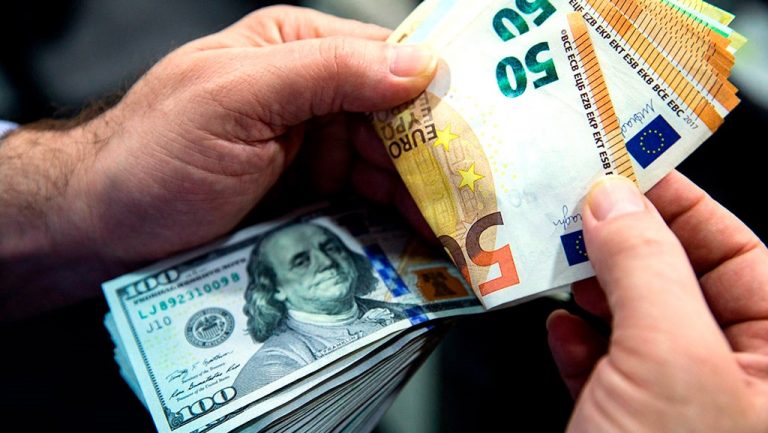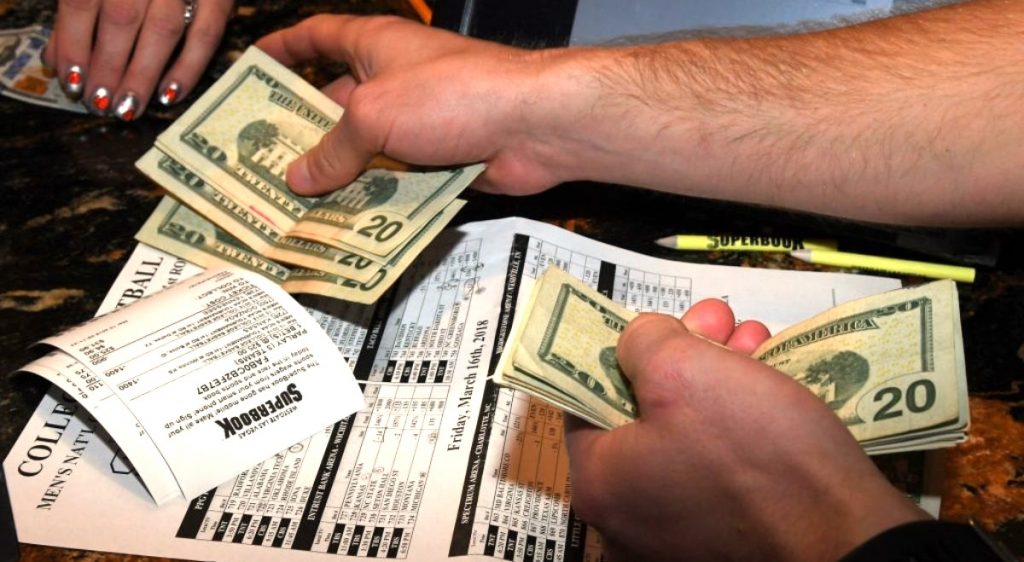
In the field of betting, there is a wide variety of terms that you need to know to get a successful betting experience. To find out the basic terms, you can search for information on rates on the Internet. In this review, we will consider the term unit – find out what it means in sports betting and what it is used for in betting.
Meaning
Unit in sports betting is a special term that means the size of one bet. For example, if you have determined that the unit is equal to 1000 dollar value, then your rate is equal to 1 unit. If you double the amount of the deal, then you bet 2 units, i.e. 2000 dollars.
This term appeared in betting to make the process as convenient as possible. When players discuss strategies, they do not use the currency values of $ 1000, $ 2000, or $ 5000. It is more convenient to say 1, 2, or 5 units. At the same time, the size of the units for each bettor can be different.
How to choose the right unit size?
Each player must choose a bet size that is convenient for himself. This largely depends on the experience of the player and his confidence in his knowledge. If the player is already experienced, he can bet larger amounts than the one who is just starting to bet. In order not to lose your money, experts advise you to start betting with small amounts and carefully study the information about betting – this way you can protect yourself from major failures and you will always know how much money you have at the moment.
Many experienced players advise betting no more than 3% of your bankroll on each game.
Therefore, if you have $ 1000 to spend on sports betting throughout the year, then the most suitable option for you is to bet $ 30 on each game. Thus, one unit in your case will be equal to $ 30.
Common mistake
One of the common mistakes many bettors make when betting on random sports events is the lack of a predetermined bankroll limit.
They can put all their money on one bet without thinking that they can lose all their money. That is why experienced gamblers are always advised to determine their financial limit in advance and choose a standard bet size that will correspond to your financial performance and, if you lose, will not “hit” your wallet too much.
Some more rules for calculating sports betting units
As mentioned above, many casual sports bettors advise making a single unit in the amount of 3% of the total bankroll. However, the amount of a unit often depends on a particular person and his experience in betting. In addition, the size of the unit is also affected by the specific event on which the player makes a bet. For larger sports events, the unit size may be larger than for a little-known event.
However, there are a few basic rules that experienced players follow.
- If you are betting on a large number of events, then one unit should be 1 or 2% of your total bankroll. A player’s bankroll is the amount he is willing to set aside for sports betting. This amount should not be more than the amount you are willing to lose if you lose. For beginners, it is recommended to set the unit size to no more than 1%, but over time, when the player understands all the features of betting, as well as his strengths, he can increase the unit size. It is important to understand that increasing the size of a unit is only necessary when you feel confident in your abilities and fully understands the whole process, and also realize what losses you can incur if you lose.
- Let’s say if you set aside $ 1000 for your bankroll, then your unit size should be 10 dollar amount ($ 1000 * 0.01). But if you have a small estimated income, and you save $ 25,000 as a bankroll, then it is better to reduce the unit size (for example, make the unit size $ 250 ($ 25,000 * 0.01).
- A few more important points – of course, each player can choose any unit size, but if you keep a low unit percentage for your bankroll, then you can protect yourself from the big losses that are often inevitable in the field of betting.
Do not think that if you have already won several times, then you will never have losses – the field of betting is quite volatile, so even an experienced user with a large bankroll can lose. Therefore, it is important to stay calm and not get too into gambling when your betting income starts to rise. You may search on the internet betting sites to find out information about online gambling regulations, the importance to compare win amounts with a unit in sports betting, features of calculating units won, and other topics.
Even if you go through a streak in which you lose 20 out of 30 bets, then bets exceeding this small percentage will quickly eat up your bankroll and you will find yourself in the red.
So start betting with a small unit size and gradually, as your profits increase, increase the unit size as your bankroll and win amounts grow.
Let’s look at several common models of unit formation.
Some of the most used models are:
Fixed model
The fixed unit model is the one recommended for newbies to betting. The fixed unit model assumes that the player places only one fixed value unit on every single bet, regardless of any other factors such as increased chances of winning or the player’s personal confidence in their success. The advantage of this approach is that it is easier to track financially because all bets are the same and the player keeps his bet the same regardless of winning and losing streaks.
Percentage model
Another popular option for calculating units is the percentage model. This method also has some consistency, but in this case, the size of the bet will change from day to day depending on how much the player won or lost earlier. The main thing is that the player makes a bet every time, for example, in the amount of one percent of his bankroll. Let’s say the player has a bankroll of $ 1,000. On the first day, he bets $ 10 per bet and wins. On the second day, he receives up to $ 1010, that is, on that day he already risks $ 10.10 for each bet, but on this day his bet loses. It turns out that on the third day, his bankroll drops to $ 990, so he bets $ 9.90 on each bet. Etc. The advantage of this approach is that if a player starts with a good winning streak, he will be able to get more profit by making more and more bets. However, this growth also has a drawback. If the player starts to lose, then it will take him long to get out of this hole compared to the fixed model.
Variational models
The third option for calculating units is the so-called variational models. They take into account the experience and level of confidence of the player in the bet, as well as the potential return on the bet. Focusing on his confidence in winning, the player can risk one unit for those rates in which he is not very confident. And for those bets in which he is more confident in winning, he can bet two or more units. This method makes the player take more risks when betting on favorites and less risk if he bets on outsiders. In any case, this method is suitable only for experienced players who are already good at calculating their chances of winning and have extensive experience in betting.
Conclusion
As we understood this article explains that unit is a term that every sports bettor should know. Its various use cases can help both newbies and the most advanced sports bettors to stay organized, track statistics on their bets, calculate potential profits and losses, and ensure that a certain bankroll management strategy is in place. Without a system in place, inconsistent betting often results in bankroll loss.
Last updated on 01 Feb 2023 - 11:45





